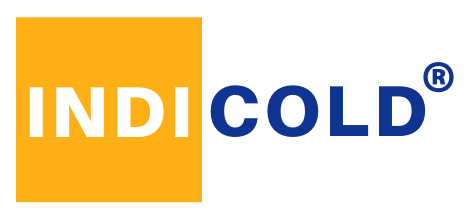Seeding or sowing is an art of placing seeds in the soil to have good germination in the field. Broadcasting is the process of random scattering of seed on the surface of seedbeds. It can be both manual or mechanical. The experience of man decides the uniformity of seed in manual operation.
However, We use machines to cover larger area of cultivation. It scatters the seeds on the surface of the seedbed at controlled rates. Broadcasting the seeds by drones will create huge impact that is it makes the process of broadcasting easier. Broadcast sowing is a traditional way of planting many types of crops. It’s simpler, faster, and easier than traditional row sowing.
EXISTING TECHNOLOGY
The smallest are handheld with a hopper of several litters and which operate via hand cranking. In addition, It mounts to the three-point hitch of a compact utility tractor. These are ideal for landscape and small property maintenance. So, At the largest size are pull behind units for agricultural use that can spread widths of up to 90 feet.
BENEFITS OF BROADCAST SOWING
Broadcast sowing also enables the gardener to spread very fine or small seeds over a relatively large area. Individually planting large numbers of tiny-seeded plants–carrots and lettuce, for example–is tedious at best, even with specialized tools. Another advantage is its ease of use for planting cover crops, grains, grasses and similar plants.
PLANTS SUITABLE FOR BROADCASTING
Nearly all plants can do well when it is broadcasted. List of common plants are:
- Beets – in square foot, container or raised bed gardening where sprouts can be easily thinned.
- Carrots – The sprouts can be thinned.
- Grains – in all situations, as grains thrive when grown as a grass, covering an area.
- Herbs – most types of herbs, such as chives, parsley, and cilantro are good choices for broadcast sowing.
- Lettuce – Headed (non-loose leaf) will require thinning.
- Cover Crops – All types of cover crops (i.e. grasses, clovers)
SEED METERING MECHANISM
Seed metering mechanism may be of several types:
(a) Fluted feed type – It is a seed metering device with adjustable fluted roller to collect and deliver the seeds into the seed tube. Fluted feed type mechanism consists of a fluted wheel, feed roller, feed cut-off and adjustable gate for different sizes of grains. In addition, The roller carries grooves throughout its periphery.
(b) Internal double run type – It is a seed metering device in which the feed wheel is provided with fine and coarse ribbed flanges. It consists of discs, mounted on a spindle and housed in a casing fitted below the seed box. It has double faced wheel. Internal double-run type roller one face has a larger opening for larger seeds and the other face has smaller opening for smaller seeds. . However, The rate of seeding is varied by adjusting the speed of the spindle which carries the discs.
(c) Cup feed mechanism – It is a mechanism consisting of cups or spoons on the periphery of a vertical rotating disc which picks up the seeds from the hopper and delivers them into the seed tubes. It consists of a seed hopper which has two parts. Hence, The upper one is called grain box and the lower one is called feed box. The seed delivery mechanism consists of a spindle, carrying a number of discs with a ring of cups attached to the periphery of each disc. The spindle with its frame and attachment is called seed barrel. So, When the spindle rotates, one disc with its set of cups rotates and picks up few seeds and drops them into small hoppers. In addition, The cups have two faces, one for larger seeds and the rate at which the seed barrel revolves.
(d) Brush feed mechanism – It is a mechanism in which a rotating brush regulates the flow of seed from the hopper.
(e) Auger feed mechanism – It is a distributing mechanism, consisting of an auger which causes a substance to flow evenly in the field, through an aperture at the base or on the side of the hopper.
(f) Star wheel mechanism – It is a feed mechanism which consists of a toothed wheel, rotating in a horizontal plane and conveying the fertilizer through a feed gate.
COMPONENTS OF BROADRONES
- Hopper or seed chamber
- Broadcasting plate
- Supporting boom
- Dc motor
- Servo or regulator
- Conveyor tube
DESIGN

WORKING OF BROADRONE
The basic operating concept of BROADRONE is simple. A large material hopper is positioned over a horizontal spinning disk, the disk has a series of 3 or 4 fins attached to it which throw the dropped materials from the hopper out and away from the seeded/spreader. So, a pendulum spreading mechanism may be employed, this method is more common in mid-sized commercial spreaders for improved consistency in spreading. the hopper is made by stainless steel or plastic material. However, Broadrones require some form of power to spin the disk which uses a 12-volt motor to spin the dispersing disk.

Leave a Reply